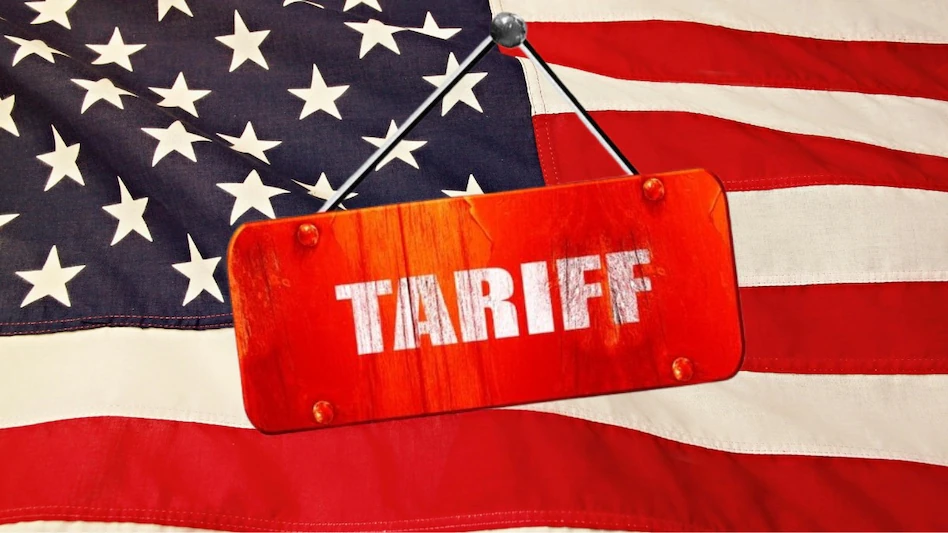Hashim Nizamani
Mohenjodaro, one of the most significant archaeological sites in the world, is a treasure trove of ancient history that has been largely neglected by modern governance. At over 5,000 years old, this Bronze Age marvel, once a thriving city of the Indus Valley Civilization, could have become the crown jewel of Pakistan’s tourism and research industries. Instead, it remains an underdeveloped relic, a missed opportunity for the country’s cultural and economic development.
Despite its vast historical importance, the site has suffered from governmental neglect, outdated preservation techniques, and an utter lack of facilities for both researchers and tourists. Mohenjodaro could have been the “golden” asset Pakistan so desperately needs, but the country’s inability to harness its potential has ensured that only a small fraction of this ancient marvel is accessible to the world.
However, recent developments may offer a glimmer of hope for Mohenjodaro. A directive from the Larkana circuit bench of the Sindh High Court has called for the resumption of commercial flight operations to and from the site’s airport, which has been suspended since 2018. This new order also mandates the enforcement of a 2022 ruling, which, if acted upon, could revive the site and breathe new life into what was once a bustling hub for researchers and tourists alike.
Mohenjodaro, developed around 2500 BCE, is as ancient as Egypt and Mesopotamia. Its ruins reflect the sophistication and organization of the Indus Valley Civilization, which thrived long before many of the world’s other ancient civilizations. The city’s infrastructure, including its advanced drainage system and urban planning, speaks to a highly developed society that understood the importance of sanitation, urbanization, and governance. As the civilization declined, however, the residents of Mohenjodaro abandoned the city, leaving behind a wealth of historical and archaeological wonders.
In the 1920s, R.D. Banerji of the Archaeological Survey of India rediscovered Mohenjodaro, sparking renewed interest in the site. Excavation efforts were later halted in 1965, only to be revived in the 1980s. However, over the decades, a combination of neglect, climate change, soil erosion, and theft has taken a toll on the integrity of the site. Despite its vast potential, the site has not been protected or preserved adequately to allow it to reach its full potential as a cultural and tourism hub.
Mohenjodaro’s neglect by the Pakistani government stands in stark contrast to how other ancient sites, such as Machu Picchu in Peru, have been managed. The Peruvian government successfully transformed Machu Picchu from a relatively obscure site to a global tourism powerhouse by improving infrastructure, safeguarding the site, and promoting it as a world heritage treasure. This kind of investment has not only generated significant revenue but has also created an economic ecosystem around the site, benefiting the local economy and providing jobs for countless people.
Pakistan, with its incredible heritage, has failed to recognize the value of its own ancient wonders, especially Mohenjodaro. The site could serve as a powerful symbol of the nation’s rich cultural history and open doors to a thriving tourism industry. Unfortunately, inadequate preservation efforts, underdeveloped facilities for tourists, and a lack of investment in research have stunted Mohenjodaro’s potential. Rather than becoming an economic goldmine, Mohenjodaro remains underutilized, with a fraction of its grandeur exposed to the public.
The situation could be vastly improved by developing infrastructure around the site. This would not only make the site more accessible to tourists but would also increase opportunities for research and anthropological study. Enhancing the local economy through tourism could create jobs, boost the hospitality sector, and elevate Pakistan’s standing on the global cultural stage. A well-managed Mohenjodaro could, in many ways, become Pakistan’s own version of Egypt’s Luxor, a world-renowned center of ancient heritage and a key tourist destination.
Pl subscribe to the YouTube channel of republicpolicy.com for quality podcasts:
In a positive development, the Sindh High Court has ordered the resumption of commercial flights to Mohenjodaro’s airport, a step that could make the site much more accessible to both local and international visitors. The small airport, built in 1967, was once the third busiest airstrip in Sindh, with multiple flights per week and even chartered flights. However, by 2018, commercial flights were suspended, and the airport has fallen into disrepair, along with the rest of the site.
The court’s recent directive is a much-needed step in reviving Mohenjodaro’s prominence as a tourist and research hub. The resumption of flights would provide better access for international researchers, historians, and tourists. The airport, which once served as a gateway to the ancient city, could once again become a vital link between the past and present, helping to usher in a new era of growth for the site and the region.
In addition to increasing flight traffic, the government must take a more proactive approach to preserving the site, ensuring that modern preservation techniques are employed to safeguard the structures from further decay. This could include measures such as climate control systems to protect delicate artifacts, as well as regular maintenance to prevent damage from erosion or weathering. It is also essential that the authorities address the issue of theft, which has plagued the site over the years. Increased security and oversight could help protect the remaining treasures from being lost to the black market.
Mohenjodaro’s potential goes far beyond tourism; it can also serve as an economic catalyst for the region. By attracting tourists from around the world, the site could stimulate the local economy, creating jobs in hospitality, retail, and transportation. Restaurants, hotels, and visitor centers could spring up around the site, providing livelihoods for local communities. In addition, Mohenjodaro could become an educational hub for researchers and archaeologists, who would be drawn to the site to study its rich history and uncover further secrets about the ancient Indus Valley Civilization.
The international significance of Mohenjodaro cannot be overstated. As a critical piece of the Indus Valley Civilization, it is a key link in the understanding of early human development. By investing in research and preservation, Pakistan has the opportunity to become a global leader in the field of archaeology and cultural heritage. Mohenjodaro could become a symbol of Pakistan’s rich past, a beacon of historical and cultural pride that brings the world’s attention to the country’s incredible heritage.
Mohenjodaro represents an untapped treasure, both in terms of its cultural significance and its economic potential. The government must take immediate action to invest in the site’s preservation and development. This means improving infrastructure, enhancing security, and providing better facilities for tourists and researchers alike. In doing so, Mohenjodaro could become a cornerstone of Pakistan’s tourism industry, attracting visitors from all over the world while providing a valuable source of income and cultural exchange.
If Pakistan truly wants to leverage its rich history to benefit its future, it must recognize the potential of Mohenjodaro. This ancient wonder is not just a relic of the past; it is a living testament to the achievements of the Indus Valley Civilization, and with the right investment and attention, it can help shape the future of Pakistan’s economy and global cultural standing

















